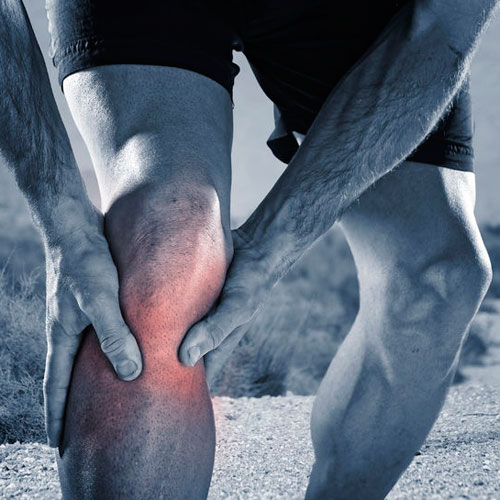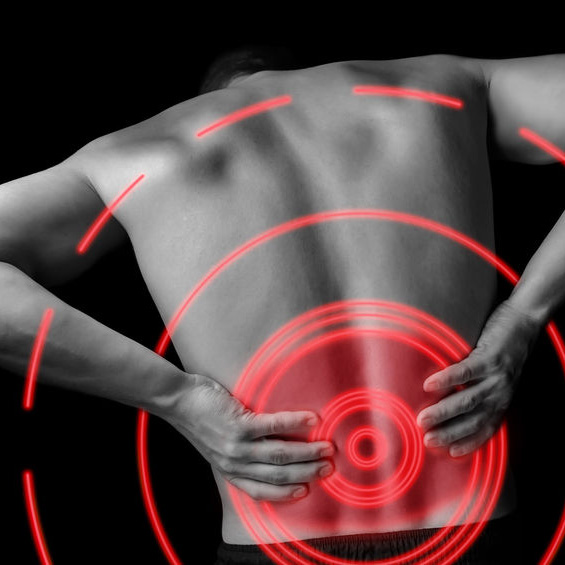This month our bodypart of the month is the foot and so we’ve asked our foot & ankle specialist, Stuart Mailer, to tell us about to tell us about two elements of the feet and their common injuries:
Achilles Tendon
The Achilles tendon is an extremely thick and strong tendon that attaches the calf muscles, Gastrocnemius and Soleus, to the heel. It aids in providing propulsion during walking as well as running and any explosive activity. The Achilles tendon has to endure high forces during jumping, hopping or running and it regularly absorbs 2 x body weight during running, thus it is not surprising to hear that it can be injured.
Achilies Tendonitis
Common injuries are tendonitis, a short period of increased inflammation due to overloading. This can cause some swelling and pain but normally settles quickly.
Achilies Tendinopathy
Longer-term injuries are known as tendinopathies where one has had long periods of microtraumas and the tendon has failed to recover. This tendon becomes more degenerative and disrupted without the inflammatory response tendonitis has. This will present with stiffness and will ease after light activity but be painful after prolonged activity.
Treatment and Recovery
Rehabilitation of either tendon injury involves flexibility and strengthening exercises that are suitable for the health of your tendon at that time. This may involve strengthening your hips and gluteal muscles as well as your foot and ankle musculature.
Unfortunately, tendinopathies can take a long time to recover as tendon regeneration may take more than 3-4 months to occur. Full recovery taking more than 6 months is not uncommon, so patience and diligence are the keys to getting back.
Plantar Fascia
The tight band of fibrous tissue underneath the foot is known as the plantar fascia.
Plantar Fasciitis and Plantar Fasciopathy
Plantar fasciitis (short term) or plantar fasciopathy (longer term pain) is a condition whereby the plantar fascia becomes injured. This typically presents as pain at the heel area of the foot and is categorised as a sharp pain with the first step in the morning but reduces as we start to move. This injury progresses gradually over time and as it becomes more problematic it can then can be painful wearing flat shoes or unsupported footwear or standing for a long period of time.
There can be many contributing factors such as high arches or flat feet, change of footwear or increasing exercise volume too quickly to having tight calf muscles.
Treatment and Recovery
Treatment normally consists of stretching and strengthening the foot and surrounding musculature if there are imbalances. This can then help address the underlying weaknesses or biomechanical issues that may have contributed.
There have been many other interventions utilised that can assist such as orthotics, that can help reduce pain at the plantar fascia and improve your walking by giving the appropriate support your foot requires.
Night Splints, Shockwave therapy, acupuncture and cortisone steroids are all other common interventions, however each has a specific time to be utilised depending on your contributing factors and foot health. It is advisable to first undergo a course physiotherapy intervention and podiatric assistance to help determine causes, start an appropriate rehabilitation plan and aid your recovery.
If your feet are causing you pain or other issues, call us on 02030 12 12 22 to book an appointment with one of our foot & ankle specialist physios.
Words by Stuart Mailer.














